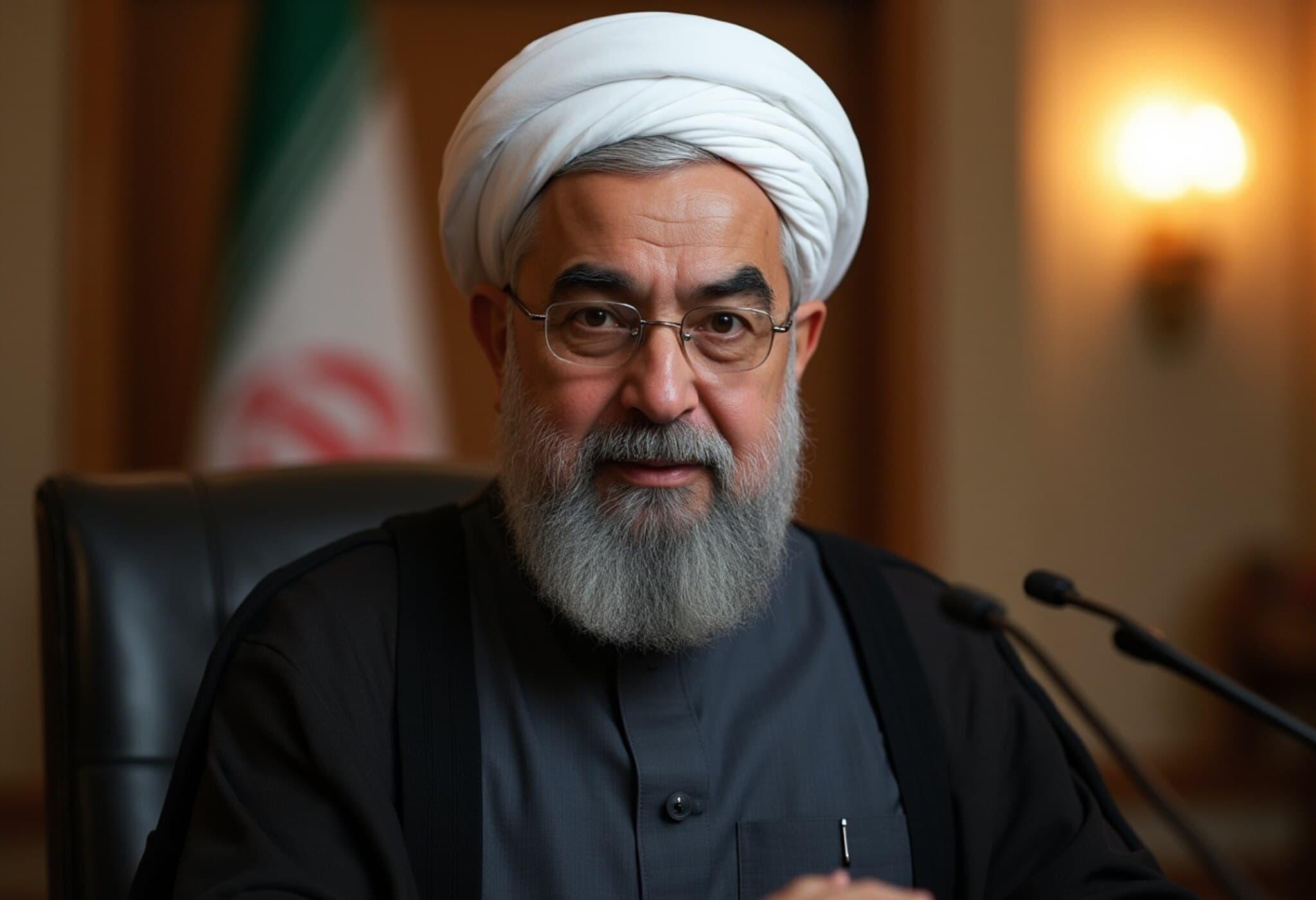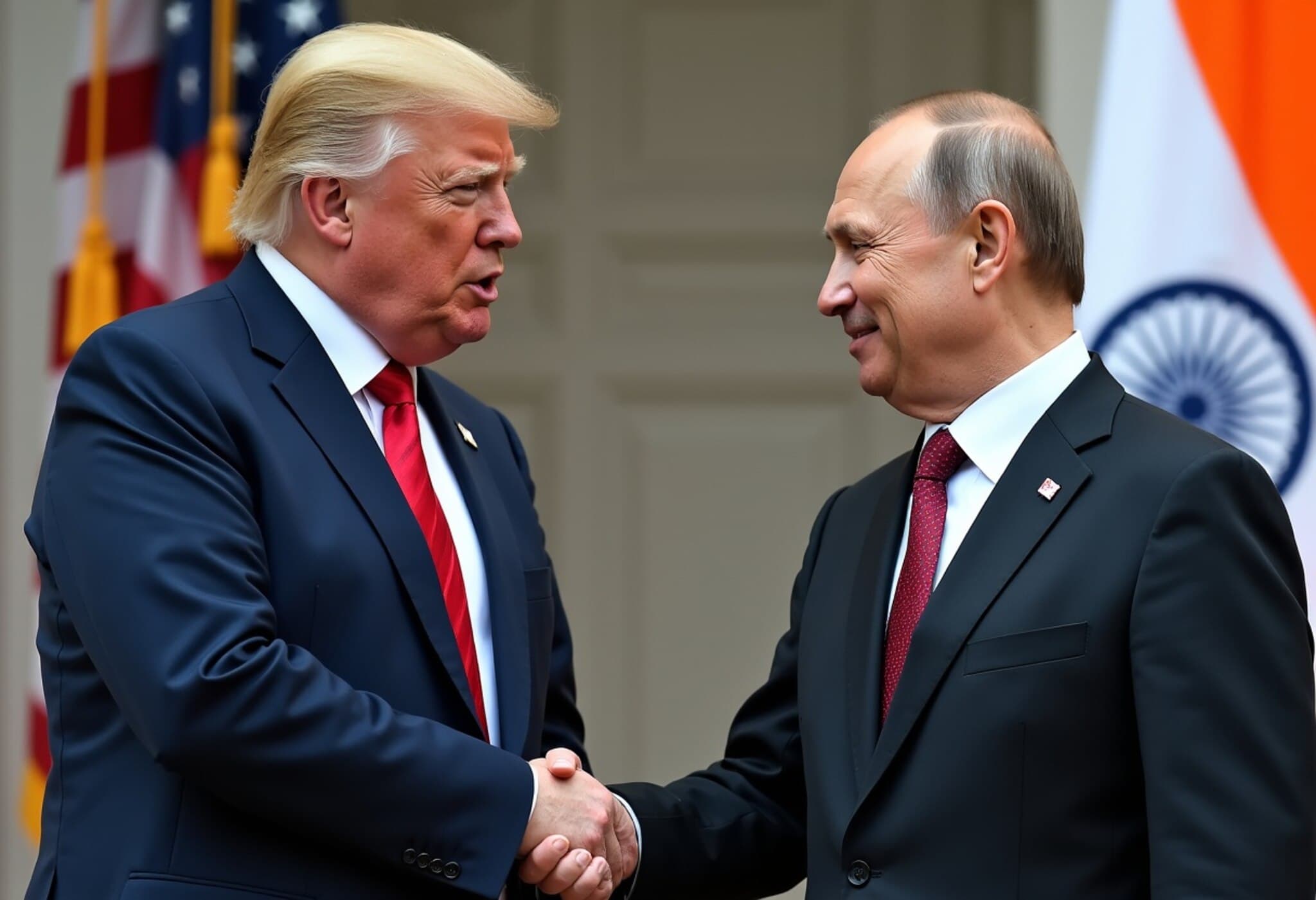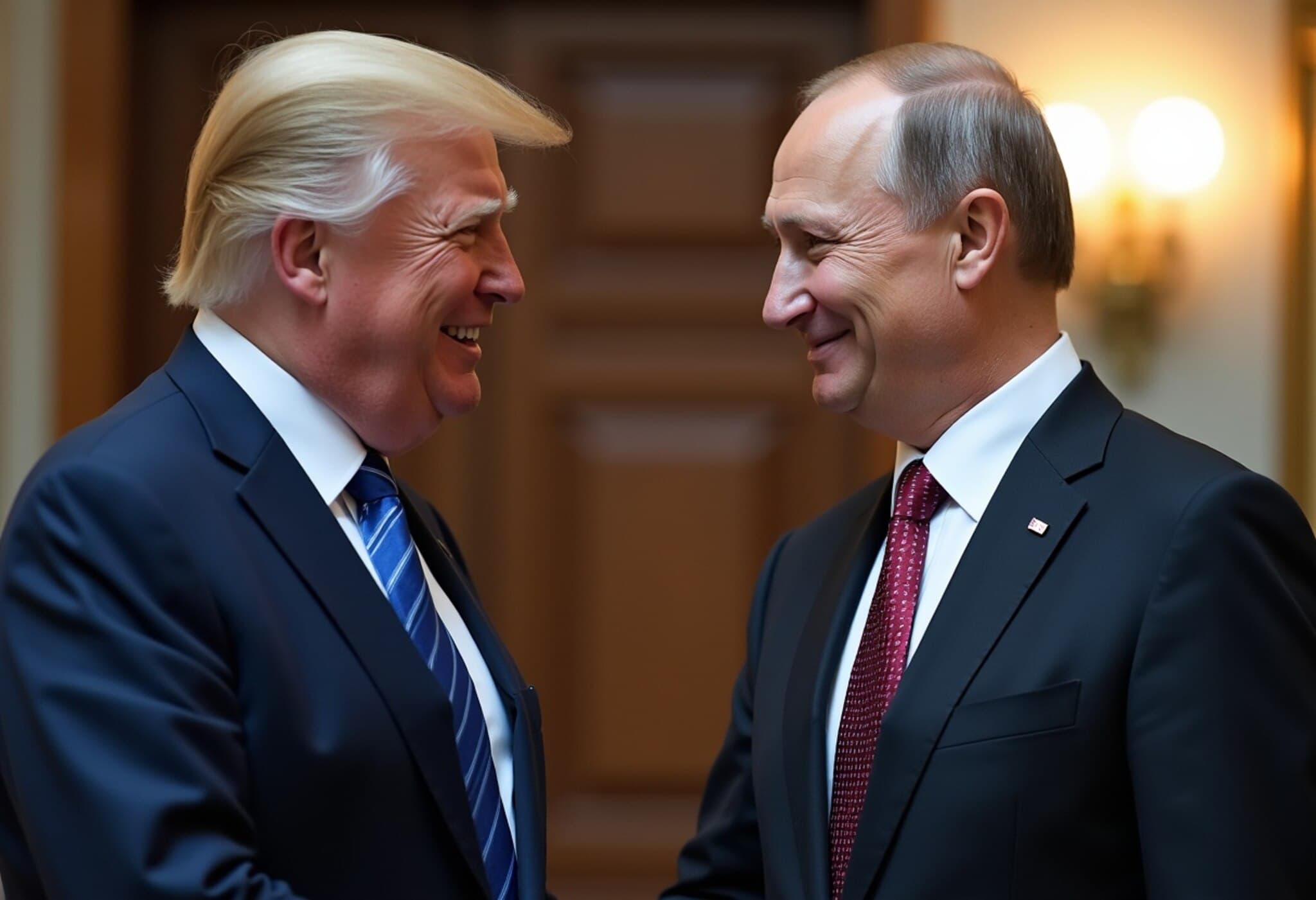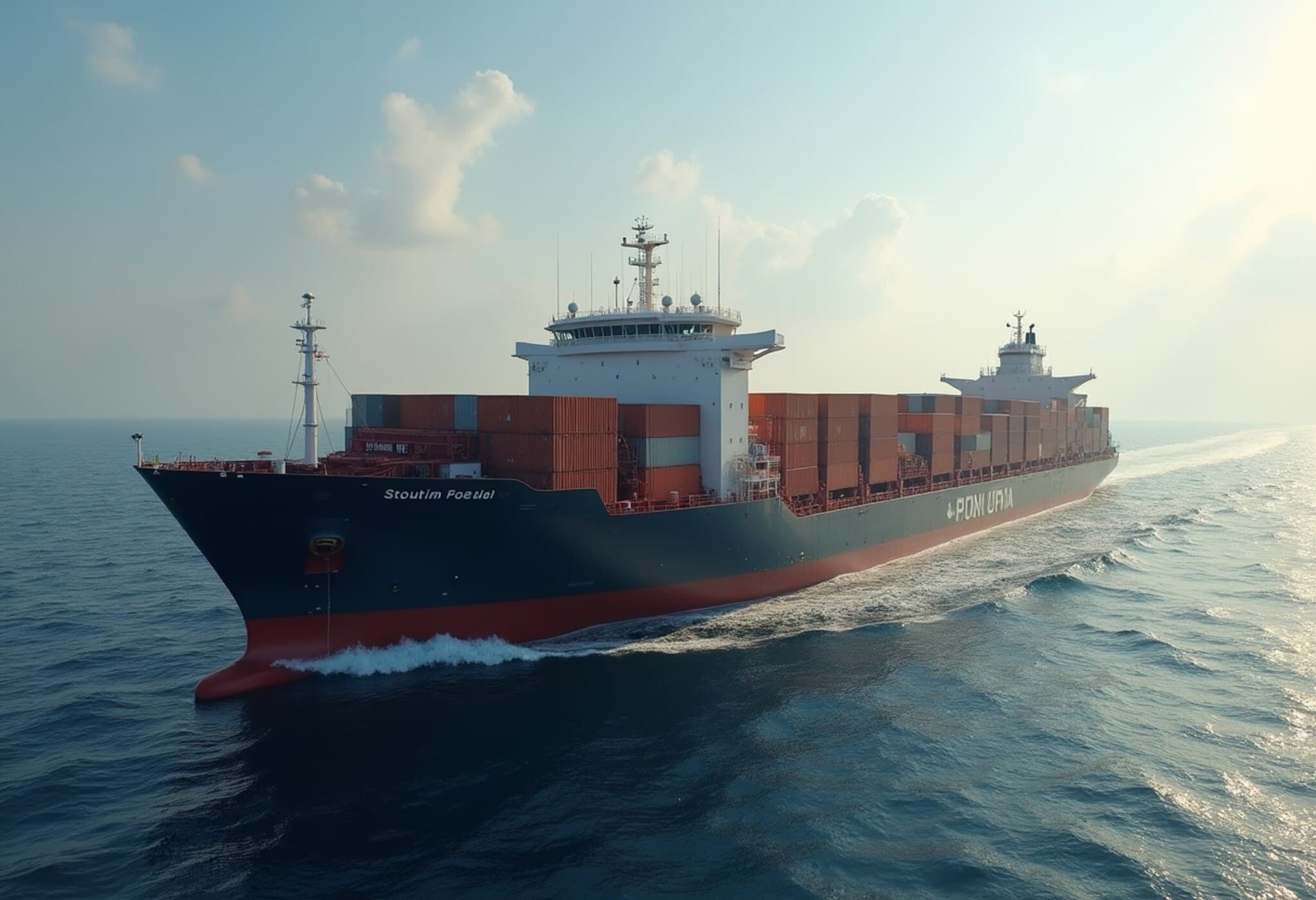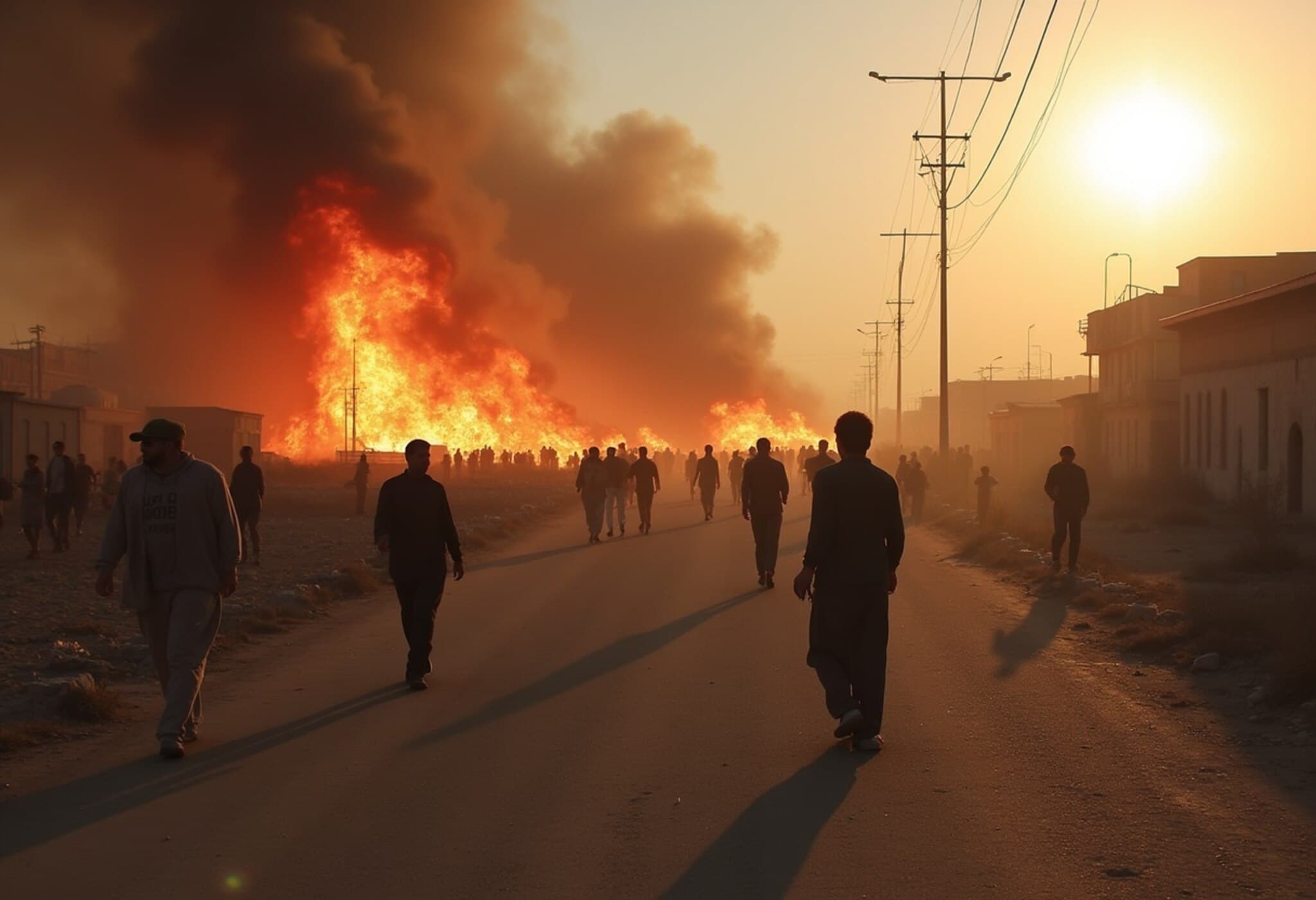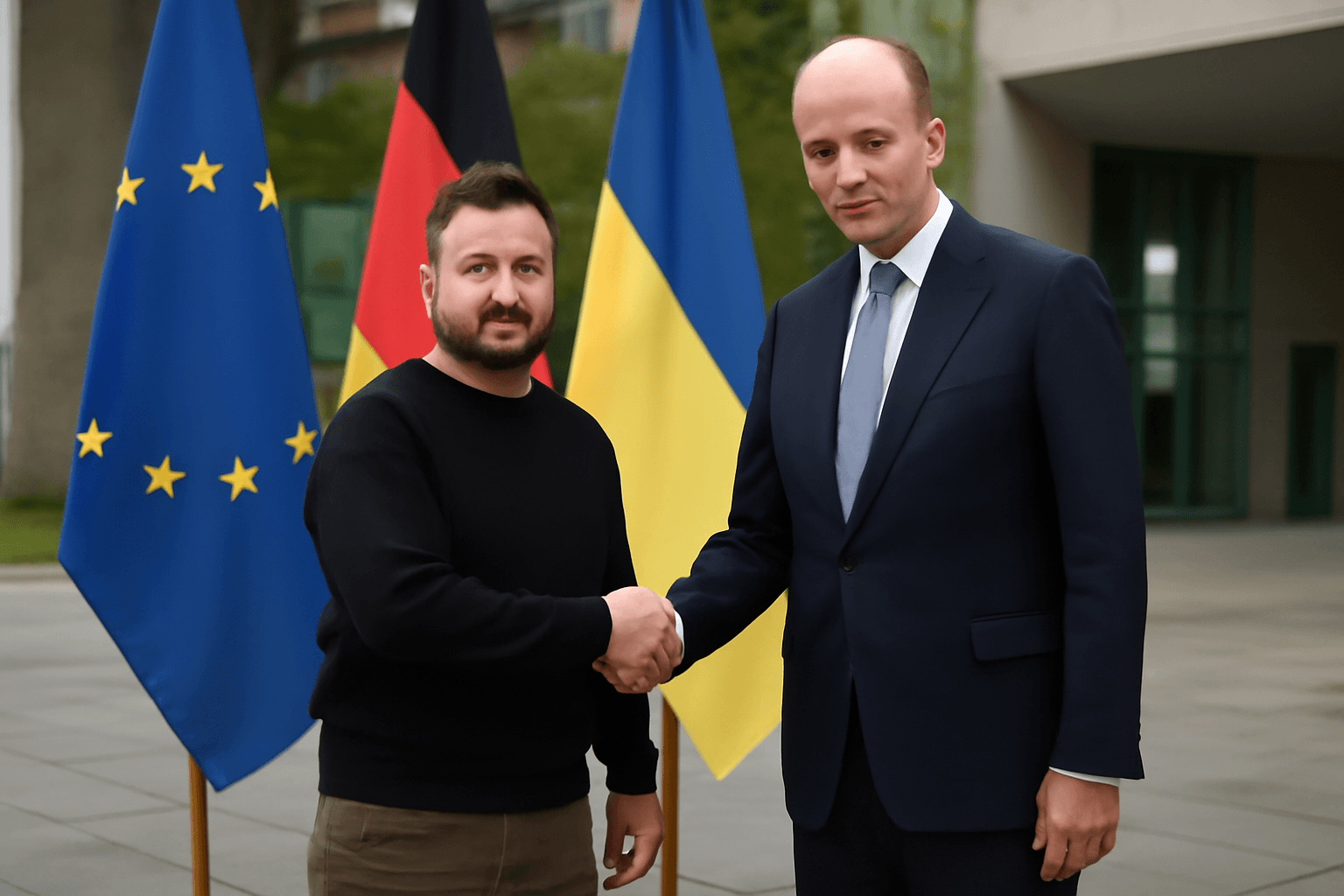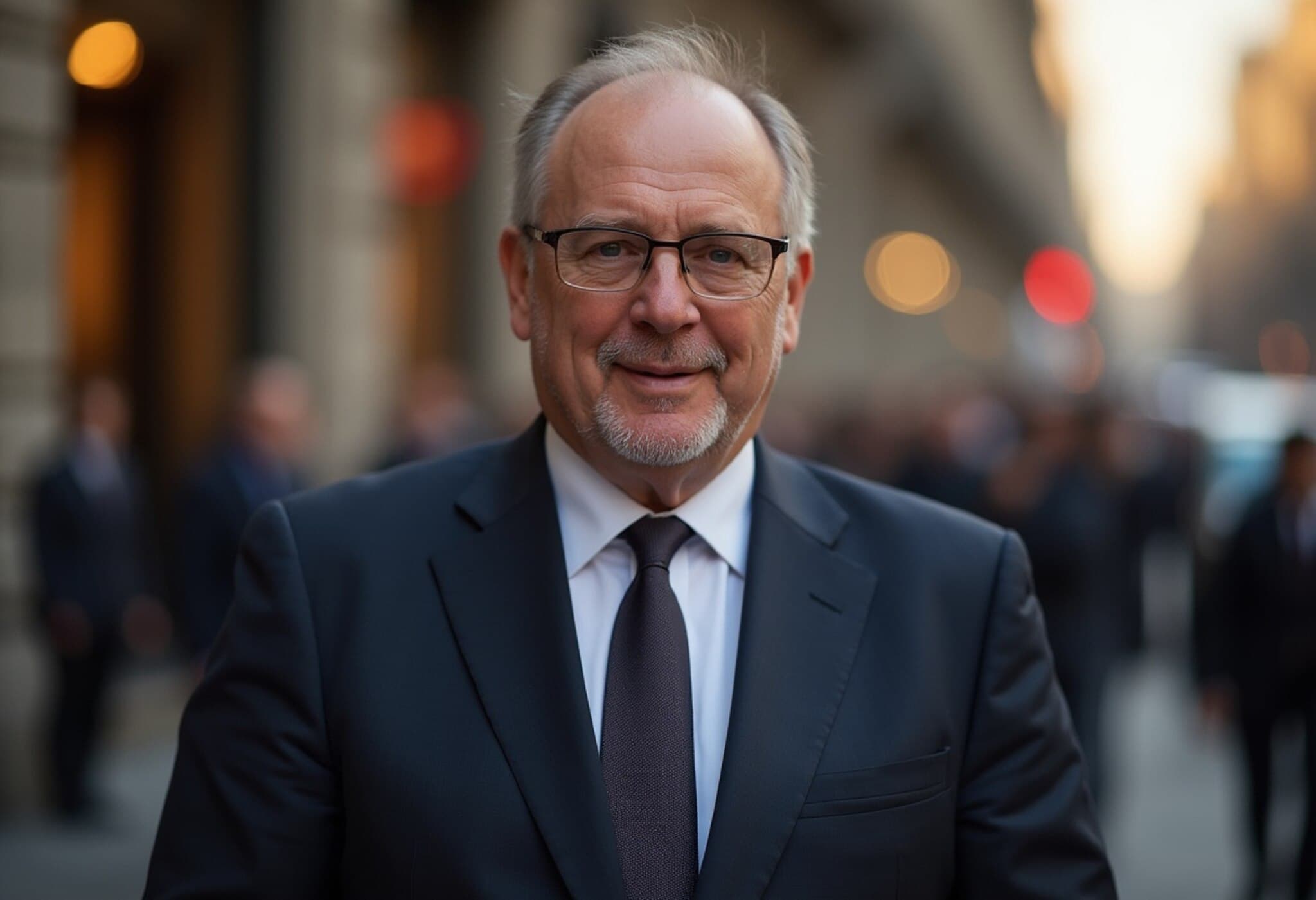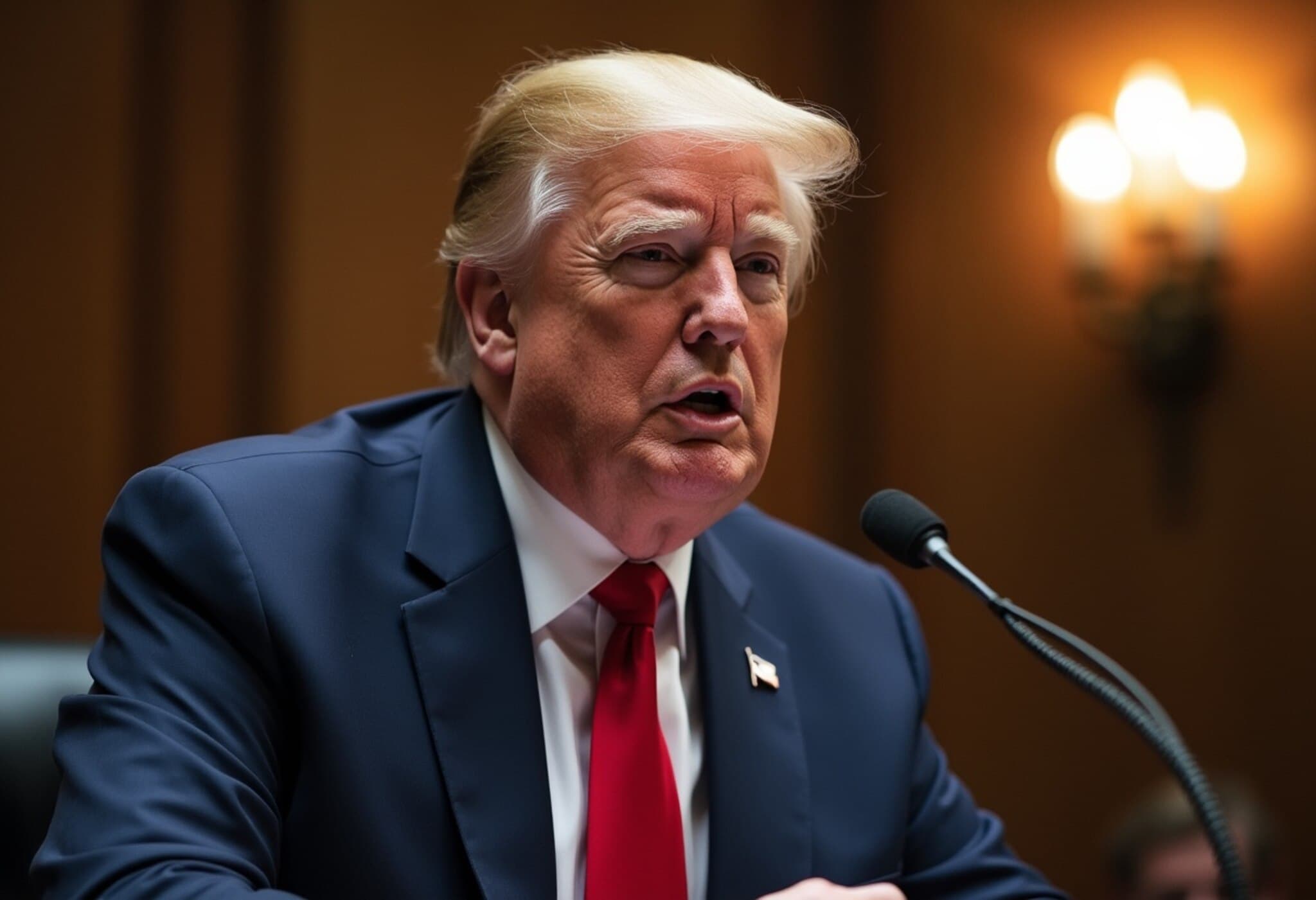EU Interior Ministers Convene at Germany’s Zugspitze to Propose Sweeping Asylum Reforms
On July 18, 2025, Germany’s Interior Minister Alexander Dobrindt joined forces with counterparts from France, Poland, Austria, the Czech Republic, Denmark, and the European Commission’s Home Affairs Commissioner Magnus Brunner to chart a bold new approach in managing asylum and migration that could redefine the European Union’s stance amid growing political and humanitarian pressures.
Context: A Decade After Merkel’s Refugee Policy Shift
This high-level summit held at Zugspitze — Germany’s tallest peak — was a symbolic and strategic venue for discussions focused on reversing and tightening asylum policies introduced nearly ten years ago when former Chancellor Angela Merkel responded to the European refugee crisis by welcoming almost a million asylum seekers. That landmark policy widely influenced Europe’s socio-political landscape, sparking ongoing debates about migration, integration, and security.
Key Proposals Targeting Migration Strain and Societal Polarization
Responding to what officials describe as "overburdening" from migration flows and the resulting societal polarization, the ministers outlined several critical policy objectives to streamline and strengthen asylum processes across the EU:
- Reinstatement of deportations as standard practice, notably towards countries like Afghanistan and Syria, including 81 Afghan men deported by Germany on the same day.
- Introduction of measures to impose visa restrictions on countries that fail to cooperate with deportations, aiming to increase accountability.
- Removal of legal barriers to transfer rejected asylum seekers to secure reception centers outside the EU and facilitating asylum procedures conducted in third countries.
- Leveraging trade agreements and development aid to incentivize countries of origin and transit to enhance migration cooperation and migrant returns.
- Expansion of technological and border security investments, including increased deployment of drones and additional EU funding for border infrastructure and personnel.
- Joint initiatives to crack down on smuggling rings and human trafficking networks exploiting vulnerable migrants.
- Strict enforcement of the Dublin Regulation principles, quickly rejecting asylum claims from individuals already granted protection in other EU states.
Balancing National Interests and EU Unity
The summit also highlighted the delicate balancing act between national sovereignty and the collective European interest. Germany’s unilateral decision earlier in May to turn away asylum seekers at its borders had sparked criticism and concerns about violating EU principles of free movement.
Polish Interior Minister Tomasz Siemoniak gave a glimpse into the negotiations, stating that Poland is willing to drop its internal border controls once Germany reciprocates. “Once we seal the external border, there will be no need for internal border controls,” he noted, underscoring the emphasis on securing the EU’s external frontiers as a prerequisite for internal cohesion.
Political Underpinnings and Electoral Pressures
The revamped policies come amid broader political dynamics within Germany, where the new government is grappling with pressure from far-right parties such as the Alternative for Germany (AfD), which gained unprecedented influence in the recent federal elections. As the government tightens migration controls by suspending family reunification and resettlement programs, it appears to be responding to domestic voter concerns over immigration impacts while seeking to maintain EU solidarity.
Expert Commentary: What This Means for Europe's Future
Migration experts suggest the proposed policy framework signifies a shift towards a more pragmatic, security-focused approach. Dr. Maria Schultz, a European migration policy analyst, explains, "While the intent to alleviate pressures on frontline states is clear, the risk lies in potentially diminishing asylum seekers’ rights and pushing them towards dangerous, irregular routes."
From an American perspective, this evolving policy landscape reflects transatlantic challenges regarding migration management amid geopolitical instability in countries like Afghanistan and Syria. There is also potential for collaboration opportunities in combating trafficking and sharing intelligence on smuggling networks.
Critical Questions Ahead
- How will the EU ensure that human rights standards are upheld amid faster deportations and externalized asylum procedures?
- Can trade and aid incentives effectively encourage cooperation from countries that have historically been reluctant to accept returnees?
- What social and political consequences might these tightened migration policies have on EU societies already experiencing polarization?
- Will enhanced border security technologies balance efficacy with privacy and civil liberties?
Editor’s Note
This landmark agreement at the Zugspitze summit marks a turning point in Europe's migration policy debate—a decade after one of its most transformative moments. As EU countries navigate the tightrope between border security and humanitarian obligation, this policy shift warrants close observation. The emerging focus on external processing centers, aggressive deportation measures, and leveraging international diplomacy for migration control embody a significant recalibration of values and strategies that will shape the continent’s socio-political fabric for years to come.
Readers are encouraged to reflect on the balance between protecting borders and preserving human dignity, and to consider how these decisions resonate beyond Europe’s shores, influencing global migration trends and policies.


